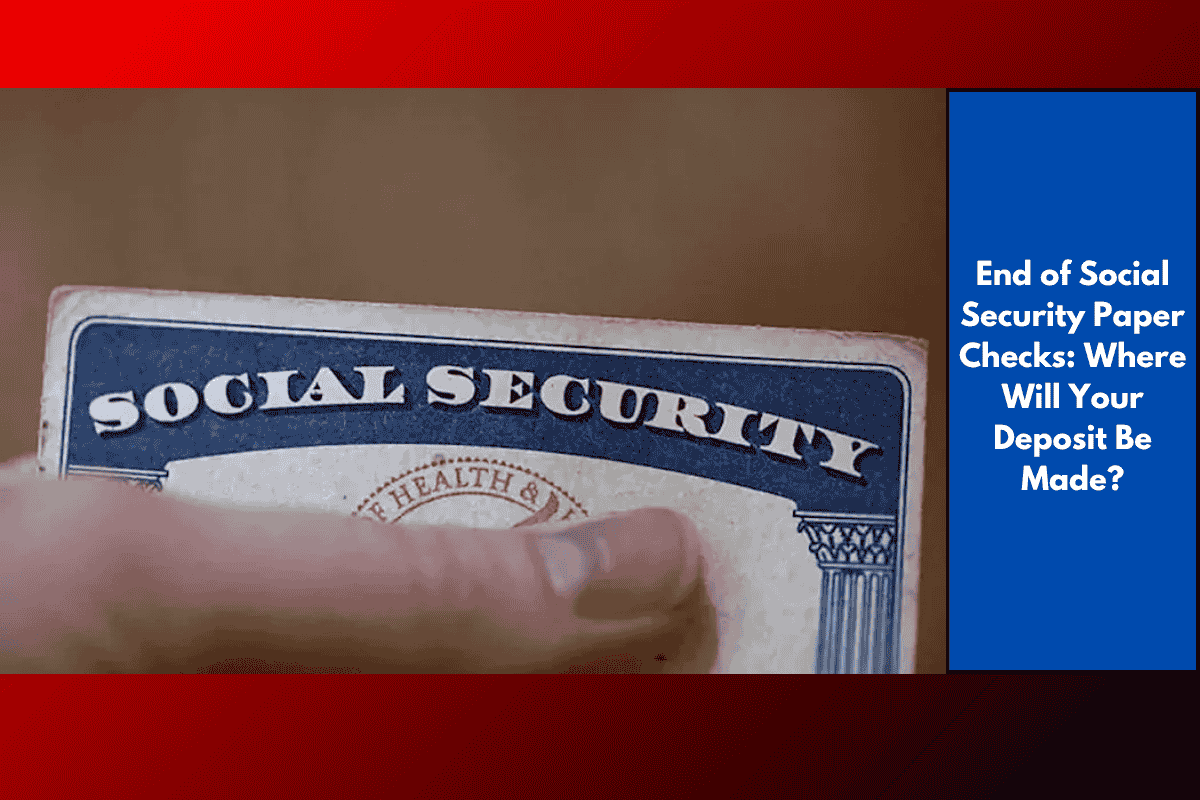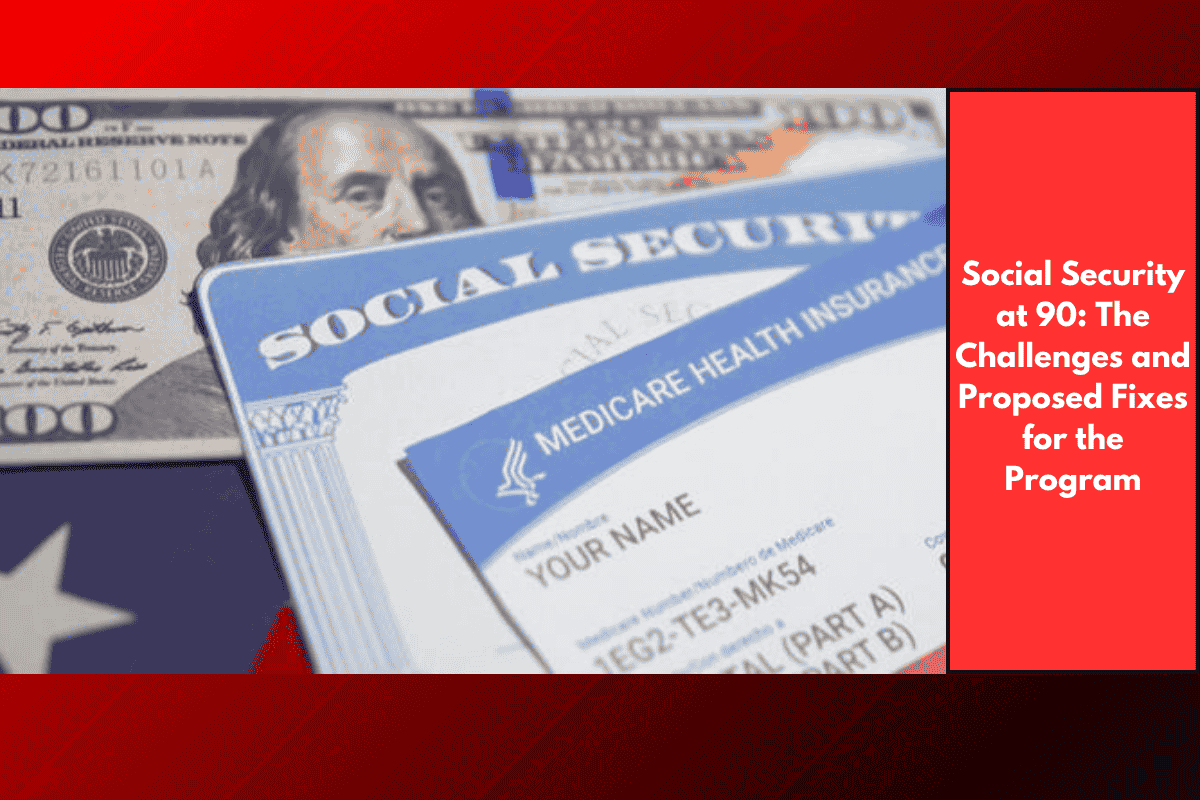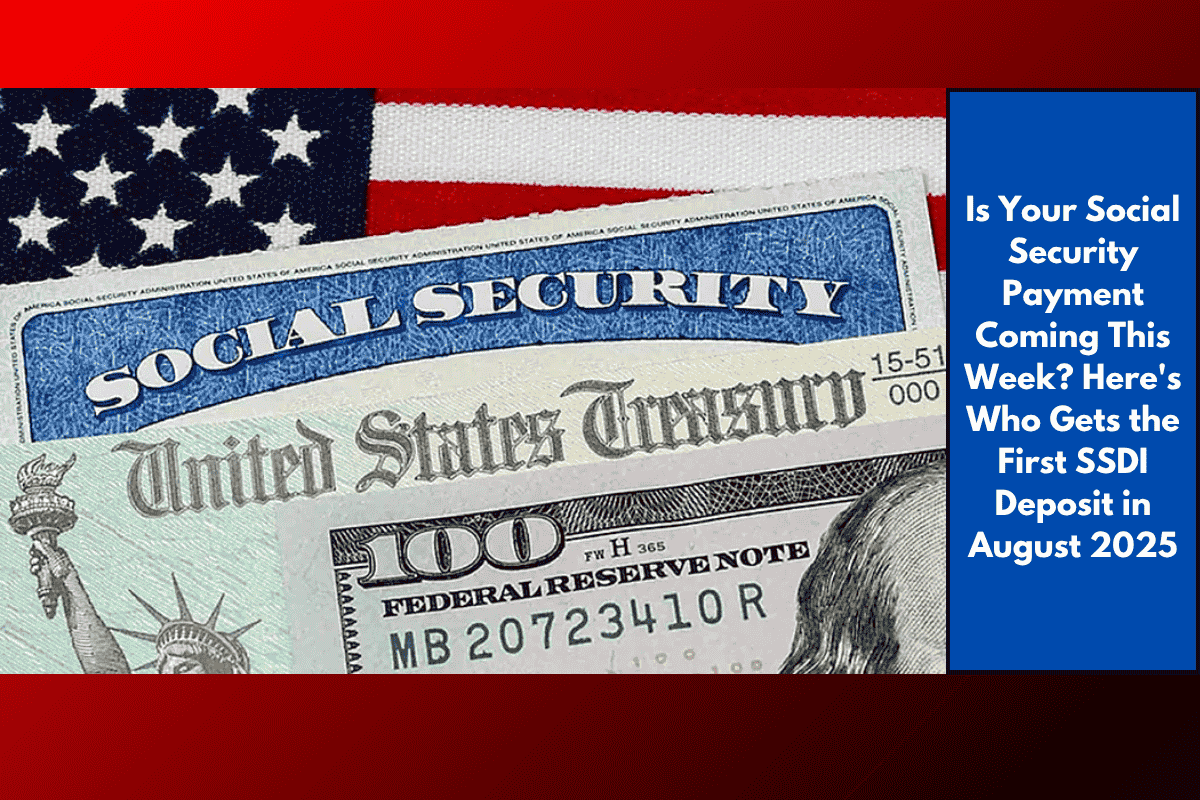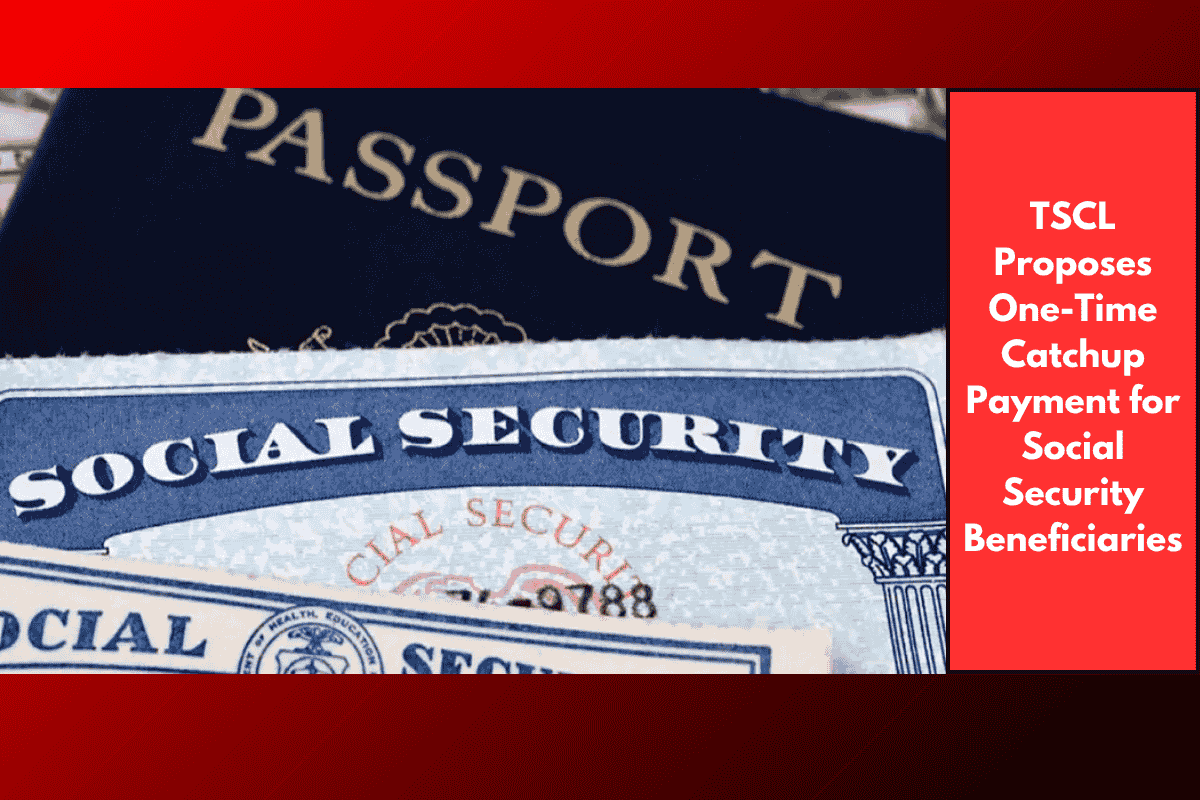As the digital world continues to change how Americans manage their finances, the Social Security Administration (SSA) is making a major shift: phasing out paper checks completely. Starting in the fall of 2025, Social Security beneficiaries will no longer receive their payments through traditional mail, affecting around 500,000 individuals who still rely on paper checks.
This change is part of the SSA’s plan to streamline operations, reduce fraud, and cut administrative costs by transitioning to electronic payments.
A Step Towards Digital Payments
The move away from paper checks continues the SSA’s 2013 initiative that required most new Social Security beneficiaries to receive their payments through direct deposit or a prepaid debit card. Now, those who still receive paper checks will have to choose from two primary electronic payment options:
- Direct Deposit: Funds can be deposited directly into a personal bank or credit union account.
- Direct Express Debit Mastercard: This prepaid debit card works like any other debit card, allowing users to make purchases, withdraw cash, and track their spending.
What This Means for Seniors
Many seniors who still receive paper checks live in rural areas, are unbanked, or simply prefer the traditional paper method. These individuals will need to transition to one of the electronic options by the fall of 2025 to avoid delays in receiving their benefits. For those who do not act in time, the SSA will automatically enroll them in the Direct Express Debit Mastercard program.
While this move will increase efficiency and reduce the risks associated with lost or stolen checks, it may present challenges for older adults who are less familiar with digital banking or technology.
The Importance of Early Action
The SSA and U.S. Treasury Department are urging beneficiaries to set up their electronic payment method well in advance. If not, they will be automatically enrolled in the Direct Express card program. To help ease the transition, the SSA is launching educational efforts, including assistance through its call centers, field offices, and website.
Financial advocates are also emphasizing the need to ensure that no one is left behind due to technological barriers. Joe Valenti, a senior advisor at the National Economic Council, commented, “This shift will modernize how seniors receive Social Security, but there’s also a need to ensure people aren’t left behind because of technology.”
For those already receiving payments electronically—around 98% of beneficiaries—this change will not affect their routine. However, the remaining 2% who are still receiving paper checks need to act quickly to ensure there are no disruptions in receiving their benefits.














